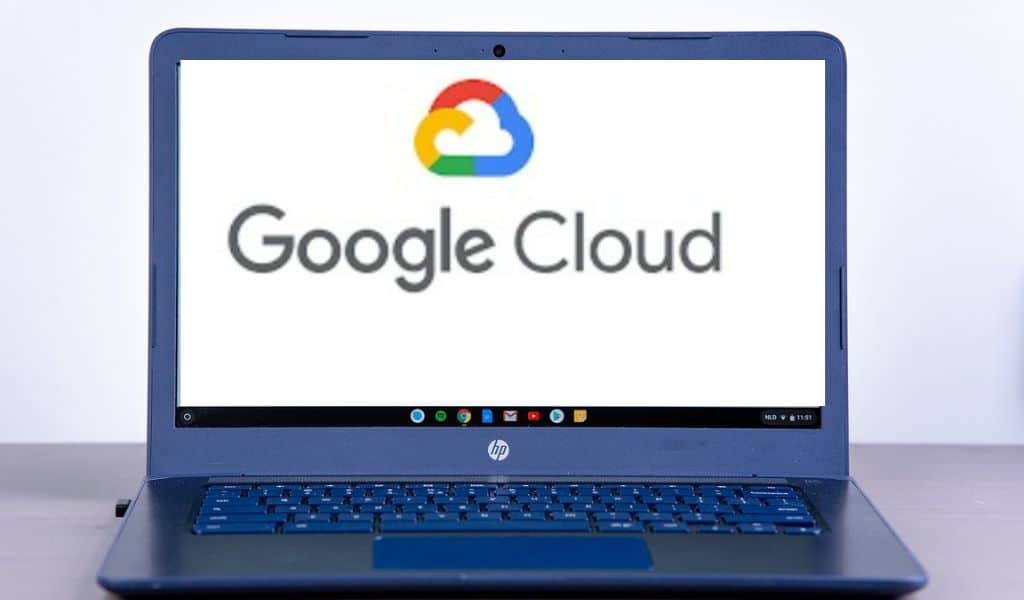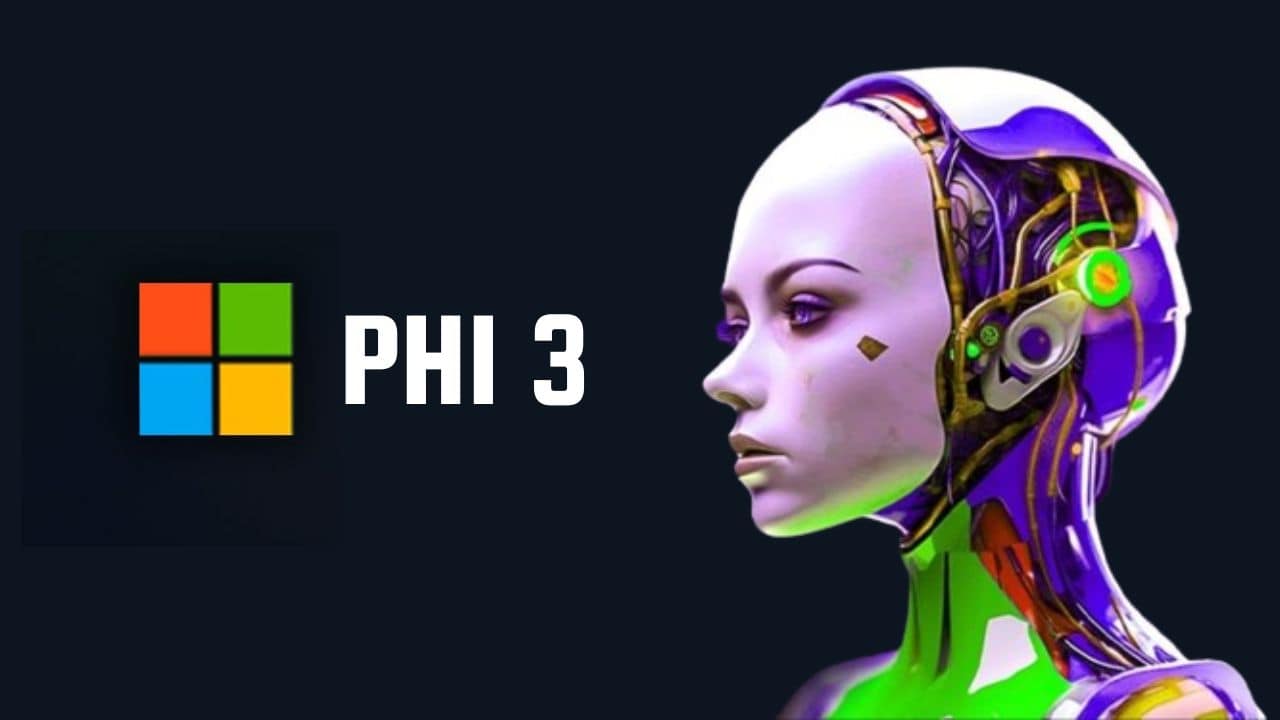Listen to Podcast:
NRF is putting on NRF 2023, the biggest event in the retail industry. It starts on Monday at the Javits Convention Center in New York City. But today, before “Retail’s Big Show,” Google Cloud unveiled a number of new and updated artificial intelligence (AI) technologies that will help retailers improve shelf-checking in-store, improve online shopping, provide more personalized search, and make better recommendations.
Amy Eschliman, who is the managing director of retail solutions at Google Cloud, says that since the pandemic, online shoppers want a more natural and smooth experience.
Read More: Online Shipping Labels Concerns
“Before the pandemic, 80% of transactions around the world took place in stores, but the shift to digital was happening all the time; COVID flipped the switch overnight,” she told VentureBeat in an email. “In-store shopping has definitely started up again, but shoppers will never be the same again.”
Making Online Shopping more Personalized and Intuitive
Eschliman said that the new AI-driven personalization feature customizes the results a customer sees when they search and browse a retailer’s website. This is done to meet the new expectations of consumers.
It looks at a customer’s clicks, cart, purchases, and other actions on an eCommerce site to figure out what they like and doesn’t like. The AI then moves up in search and browse rankings of the products that match those preferences. This makes the results more personal and useful.
“We know more than ever that shoppers want this kind of personalized experience,” she said. She also said that research paid for by Google Cloud found that 75% of shoppers prefer brands that personalize interactions and reach out to them, and 86% want a brand that knows what their interests and preferences are.
Transforming Digital Window Shopping
Browse AI is a new part of Google Cloud’s Discovery AI solutions for retailers. It uses machine learning to put products in the best order on an eCommerce site after shoppers choose a category, like “women’s jackets” or “kitchenware.”
To Know More: Smart Retail Solution?
In the past, eCommerce sites sorted product results by category bestseller lists or by rules written by humans, such as deciding by hand which clothes to highlight based on the season.
Browse AI takes a new approach by self-curating and learning from experience. This saves retailers the time and money of manually curating multiple eCommerce pages.
The new tool is now available to retailers all over the world, and it can be used in 72 different languages.
Google Cloud’s AI-Powered Shelf Checking
NielsenIQ did an analysis of what was on the shelves and found that empty shelves would cost U.S. retailers $82 billion in sales in 2021 alone.
Built on Google Cloud’s Vertex AI Vision and powered by two machine learning models—a product recognizer and a tag recognizer—Google Cloud’s new AI-powered shelf-checking solution is available globally in preview. It also helps solve a hard problem, which is how to find all kinds of products at scale based only on their visual and textual features and then turn that data into useful insights.
Read Also: Top Shopping Destinations in India
Eschliman said that the solution uses Google’s huge database of facts to let retailers identify billions of products and make sure their shelves are full. She said, “This large dataset and Google Cloud’s cutting-edge AI can help retailers better manage their in-store stock.” And it solves “the old industry problem of retailers not knowing what’s on their shelves at any given time and where they need to restock.”
AI Ups the Retail Recommendation Game
Google Cloud has also announced improvements to Recommendations AI, which will make eCommerce even more personalized and dynamic.
An eCommerce site can now dynamically pick which product recommendation panels to present to a customer thanks to a new page-level optimization function. Page-level optimization also reduces the need for time-consuming user experience testing and has the potential to increase user engagement and conversion rates.
Furthermore, a recently added revenue optimization feature employs a machine learning model developed in collaboration with DeepMind that combines an eCommerce site’s product categories, item prices, and customer clicks and conversions to find the right balance between long-term customer satisfaction and revenue lift for retailers.
Finally, a new buy-it-again model uses a customer’s previous transactions to make individualized recommendations for future repeat purchases.
Retailers can Get Buried in Data
Eschliman said that many retailers are still in the beginning stages of using their customer, product, and supply chain data in real-time to improve business operations and the customer experience.
“But the truth is that in retail it’s easy to get lost in all the data,” she said. “AI and machine learning are the best ways to solve the problems retailers face today because they can process and analyze large amounts of data in real-time, spot patterns and trends, and make predictions and decisions that are more accurate and reliable over time.”







































